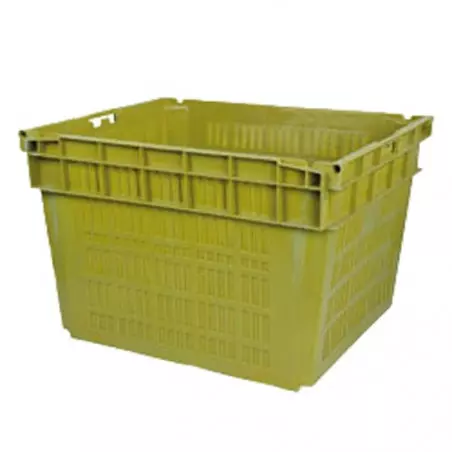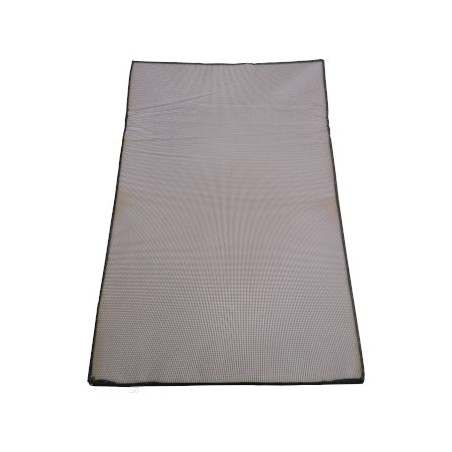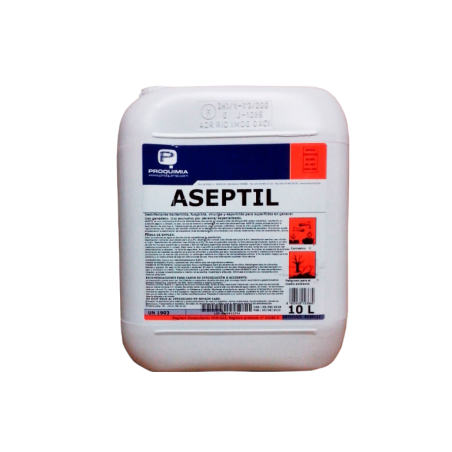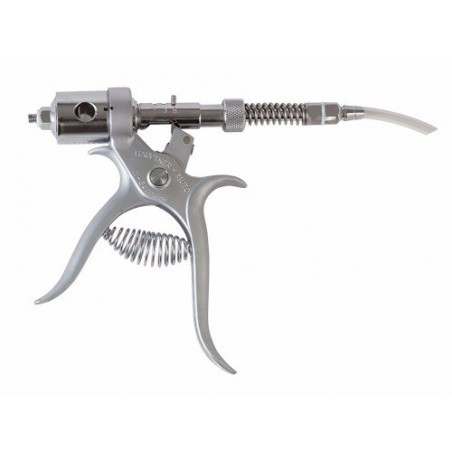Collection of serum samples of pigs at weaning to monitor for porcine reproductive and respiratory syndrome virus (PRRSV) has become a common practice to determine PRRSV herd infection status. Diagnostic sensitivity of this practice is low in herds undergoing PRRSV elimination once prevalence of infection is near zero. Thus, the goal of this study was to characterize the dynamics of PRRSV infection in 3 day-old pigs overtime using serum and serosanguineous fluids obtained as part of castration and tail docking practices (processing fluids (PF)). Secondary goal was to estimate sensitivity and specificity of PF in the 3 day old population. A 6000 breed-to-wean sow herd was monitored every three weeks for 23 weeks after a PRRSV outbreak by collecting both PF and individual serum samples from all pigs in the selected litters.
Out of the 77 litters tested, 23 (29.8%) were identified as positive using the PF and the serum samples, with a Cohen’s kappa statistic of 0.81 (95% CI: 0.59–1) between the results obtained in each sample type. The sensitivity and specificity of the PF relative to the results in serum was 87% (95% CI: 66%–97%) and 94% (95% CI: 85%–99%) respectively. The percentage of PRRSV positive litters decreased over time and litters from gilts were more likely to test positive than those from older sows.

Overall, the study demonstrates that PF can be a convenient and reliable specimen to monitor PRRSV infection in breeding herds.
Carles Vilalta, Juan Sanhueza, Julio Alvarez; Deb Murray, Montserrat Torremorell, Cesar Corzo, Robert Morrison. Use of processing fluids and serum samples to characterize porcine reproductive and respiratory syndrome virus dynamics in 3 day-old pigs. Veterinary Microbiology. Volume 225, November 2018, Pages 149-156. https://doi.org/10.1016/j.vetmic.2018.09.006










